I made a terrible mistake at the very start of my month-long U.S. trip this August. I left my X100F at home.
Sure, I had a film SLR in my bag, but that meant weeks of waiting before I could see any shots. I wanted instant memories on the road. I didn’t have the time to buy a used DSLR online and wait in the same hotel for shipping. The only option was to grab something affordable during my transfer stop in Hong Kong.
And I thought about instant cameras.
A long haired, punk looking store owner pulled a Polaroid Go from his sweaty hand on a rainy afternoon. The air was heavy, more than 90 percent humidity and over 40 degrees Celsius, and so was my impatience. Through fogged up glasses he slowly tried to sell me a Polaroid Now. It was bigger, pricier, and he promised ‘better image quality’. I had no patience left. I cut him off, grabbed the Polaroid Go, paid the cash and rushed back to the airport.
The reason I chose this camera over the promised ‘better image quality’ was simply its look. Yep. The look. Just look at it. The finder, lens, flash, even the little mouth where the film pops out all feel like one piece. It looks as if everything was designed together from the start. The Polaroid Now, in contrast, feels more like a vertical wall with round and square parts stuck on afterward.
Then I found the shooting experience itself was simply fun: snapping the tiny body between thumb, index and ring finger, and pressing the shutter with my middle finger. Other instant cameras can be used one handed, but they weren’t designed for it. The Polaroid Go was, and that makes a real difference.
I shot two packs of film and picked three photos that show its character. Along the way I compared it with my other instant cameras, the Fujifilm Instax 40 and the Lomo Instant. This wasn’t a test, just me noticing differences.
The first photo was on a sunny day while my wife ducked against a rack of kayaks. Overexposed, probably because the fastest shutter speed is only 1/125. The Polaroid Go leans brighter, as does my Lomo on a good day. My Fujifilm, on the other hand, delivers consistently accurate exposures in daytime conditions, though perhaps a little bit boring.
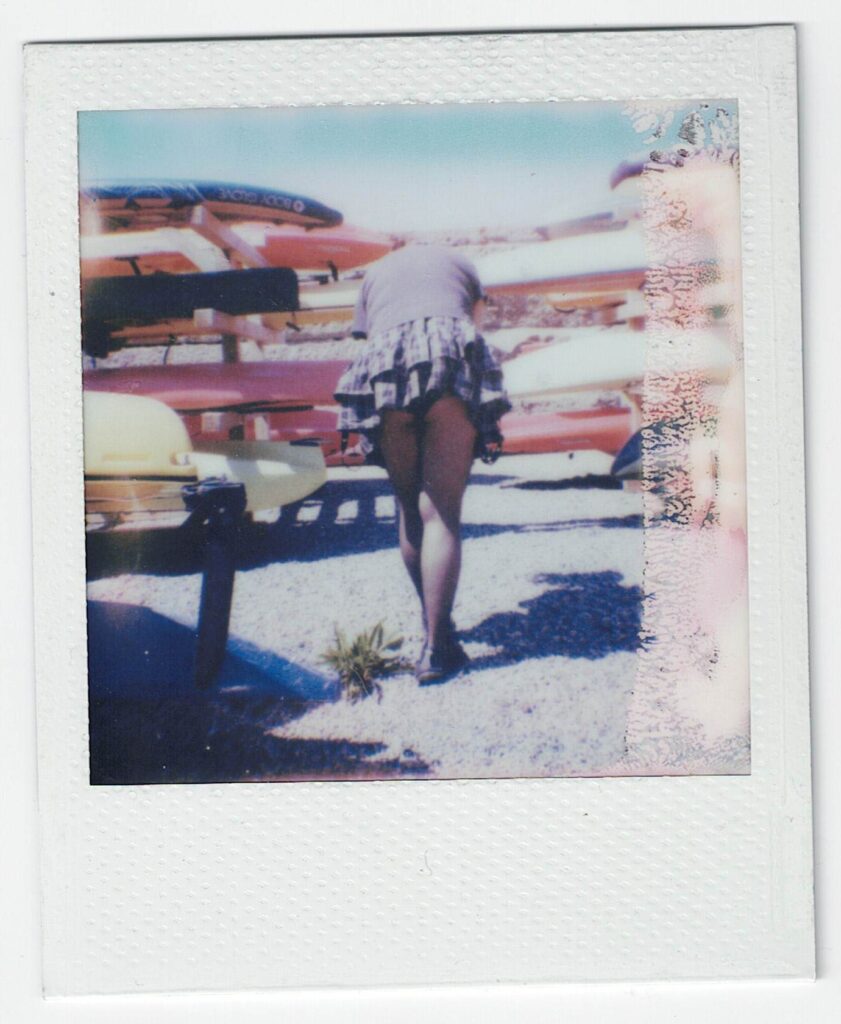
The second was near a lift in NYC subway, lit only by the flash and an overhead spotlight. The slow shutter caught motion blur while the flash froze a smile, and the exposure balanced out. Fujifilm usually handles this well, thanks to its decades’ know-how. My Lomo, by contrast, often lights up only the nearest object in the dark, leaving everything beyond fifty centimetres swallowed in total black.

The third shot was the toughest. I aimed almost straight at the midday sun. For a fully automatic camera the exposure was surprisingly good. My Lomo in similar attempts usually gave me a pure white photo.
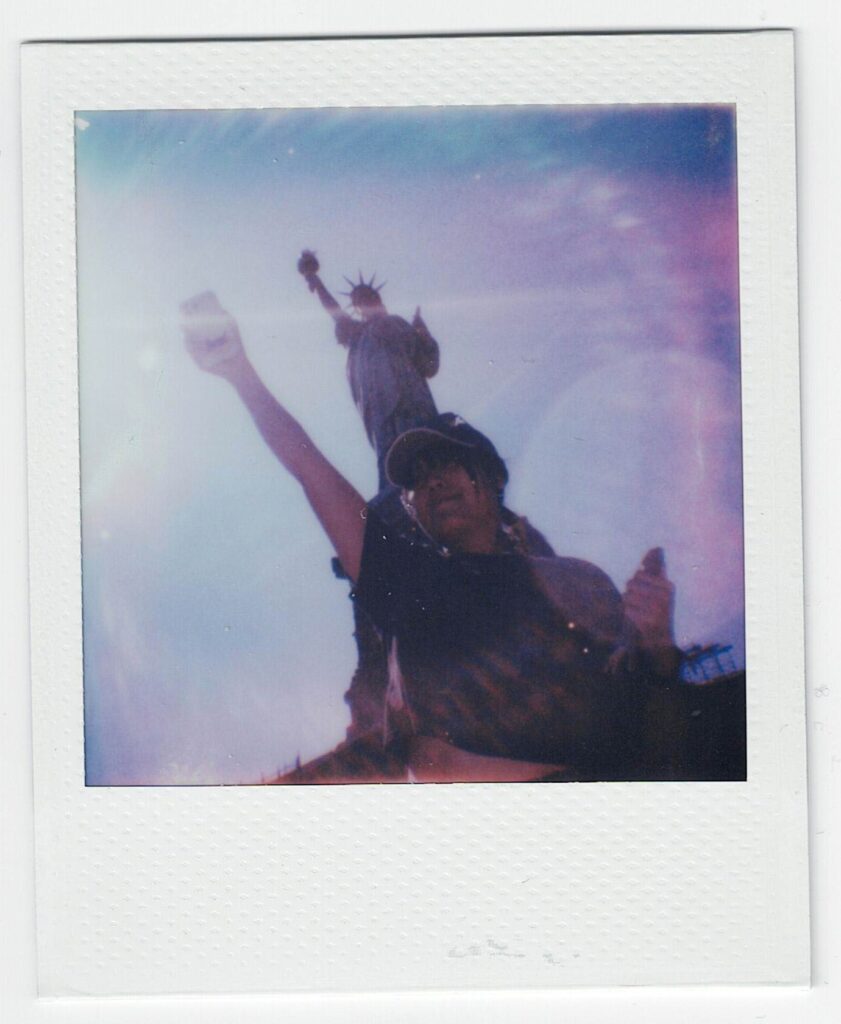
So, did I like it?
Mostly yes, apart from the overpriced film. This little camera delivers reliable exposure that helped me lock in a few memories and cut down on wasted shots, enough reason to let my Lomo Instant rest in the cabinet. Its lack of sharpness and contrast, especially compared with my Fujifilm Instax 40, gives it a distinctive mood when I don’t want to play it too safe.
Share this post:
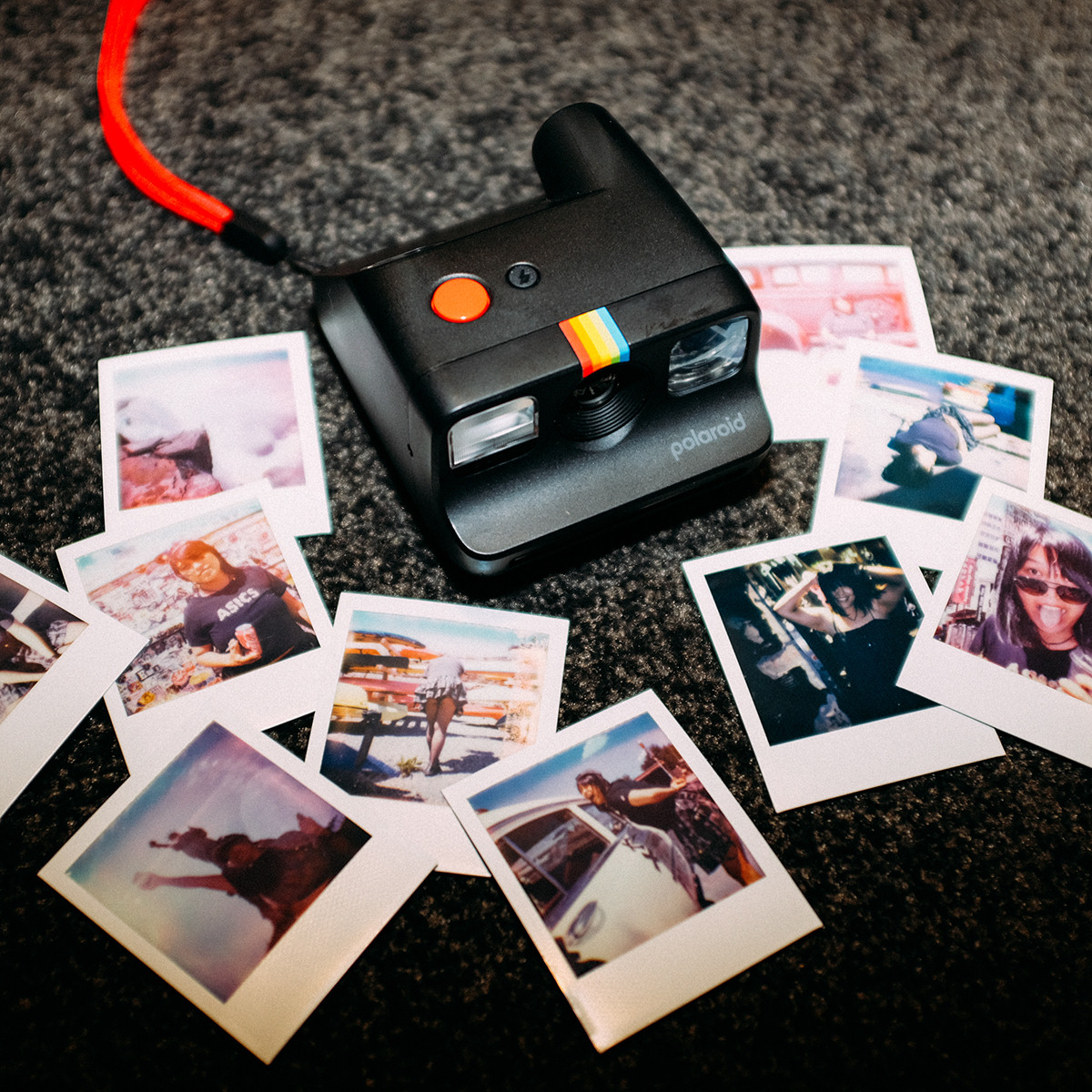
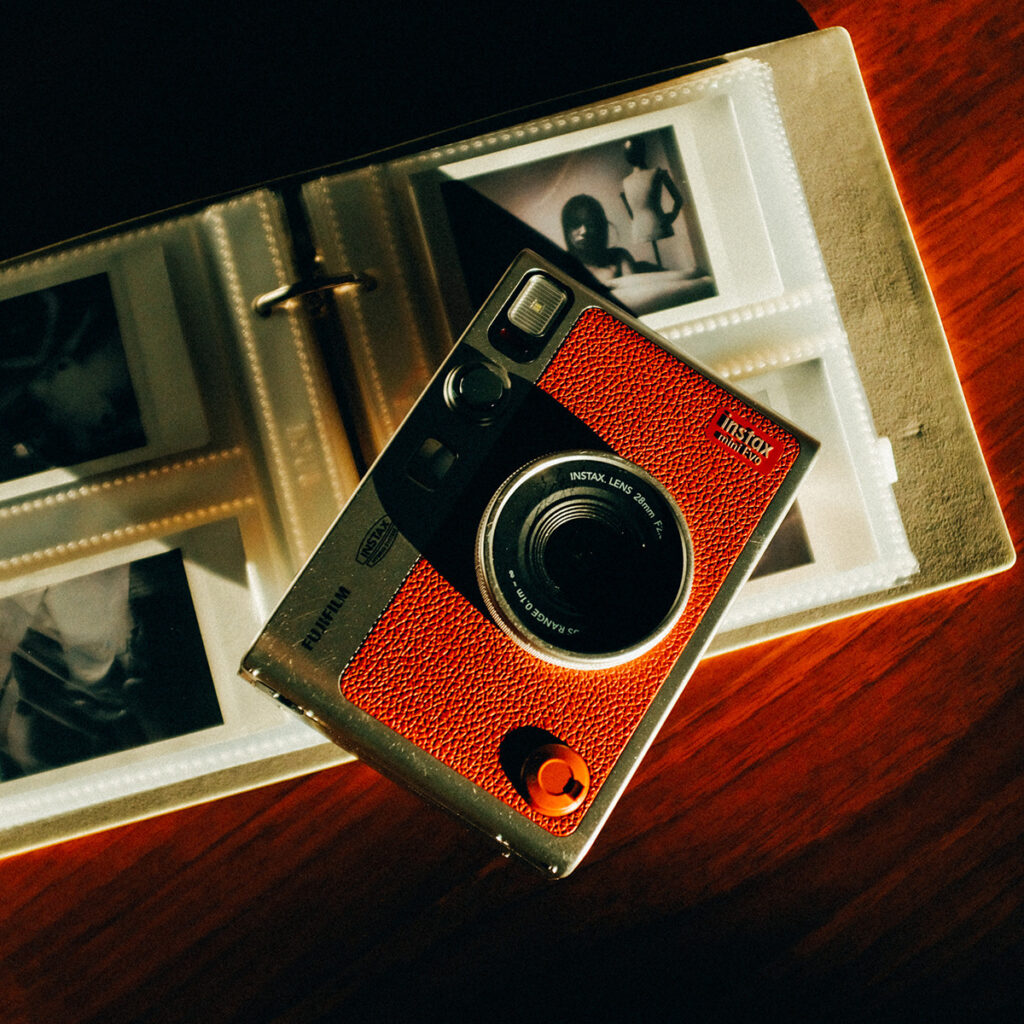
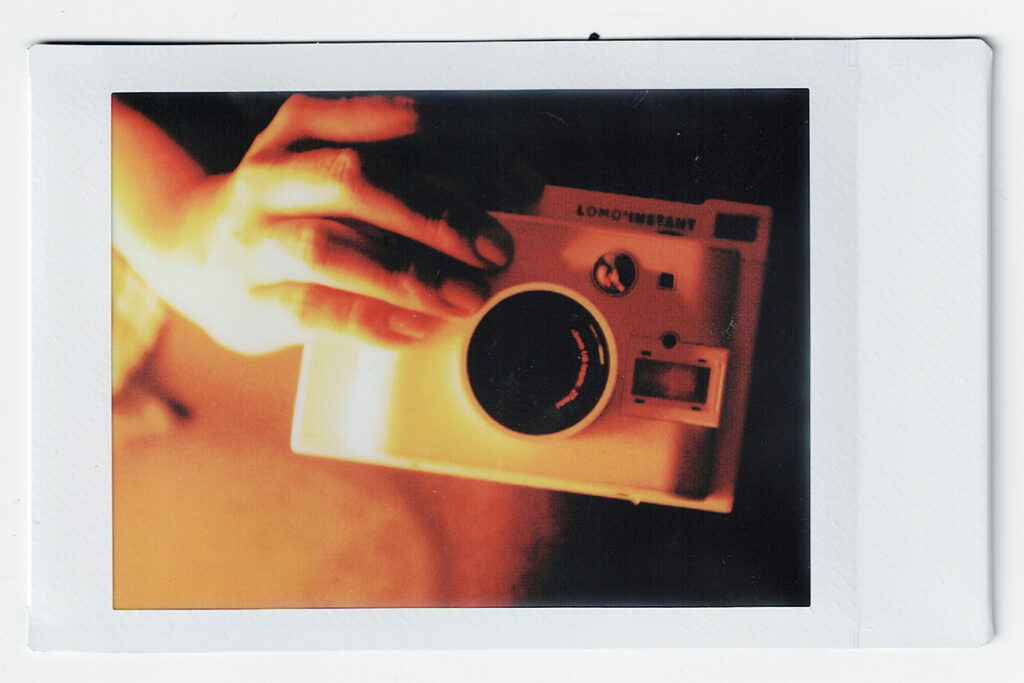
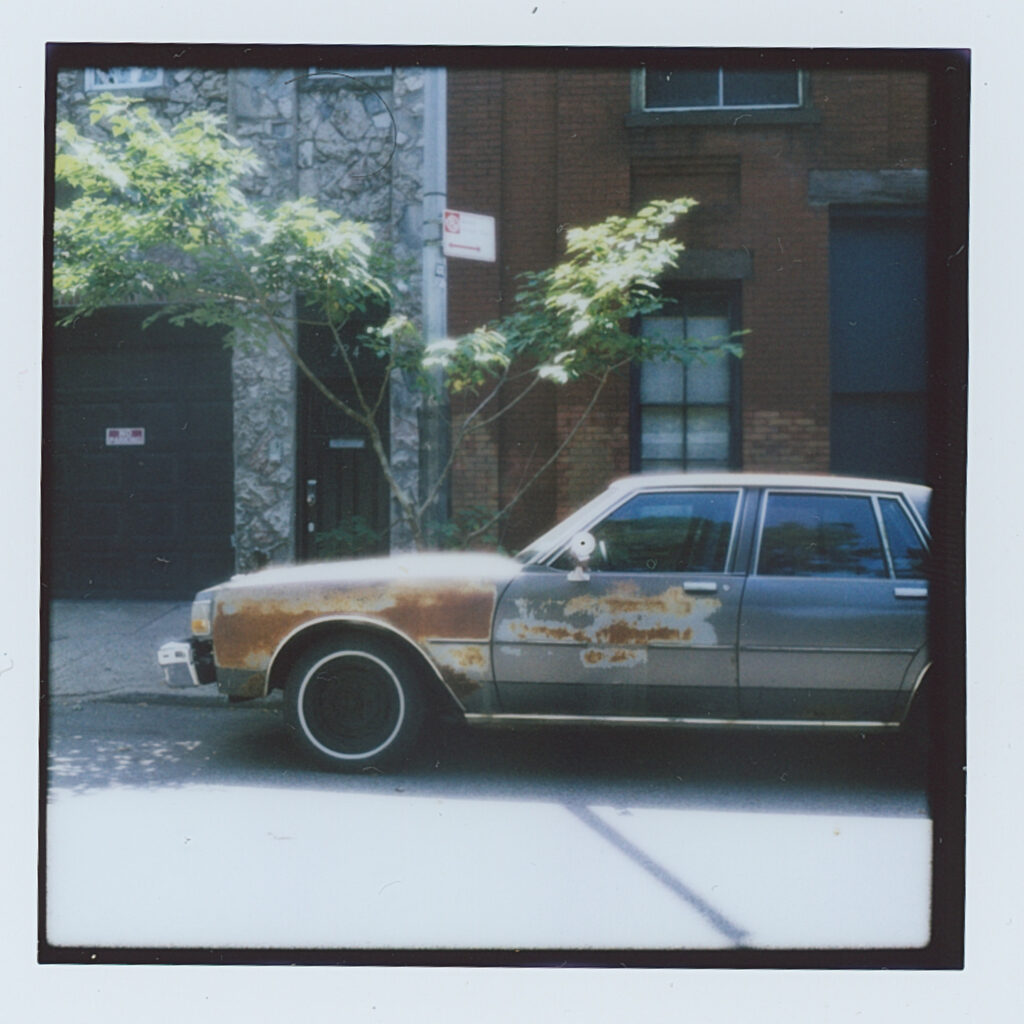
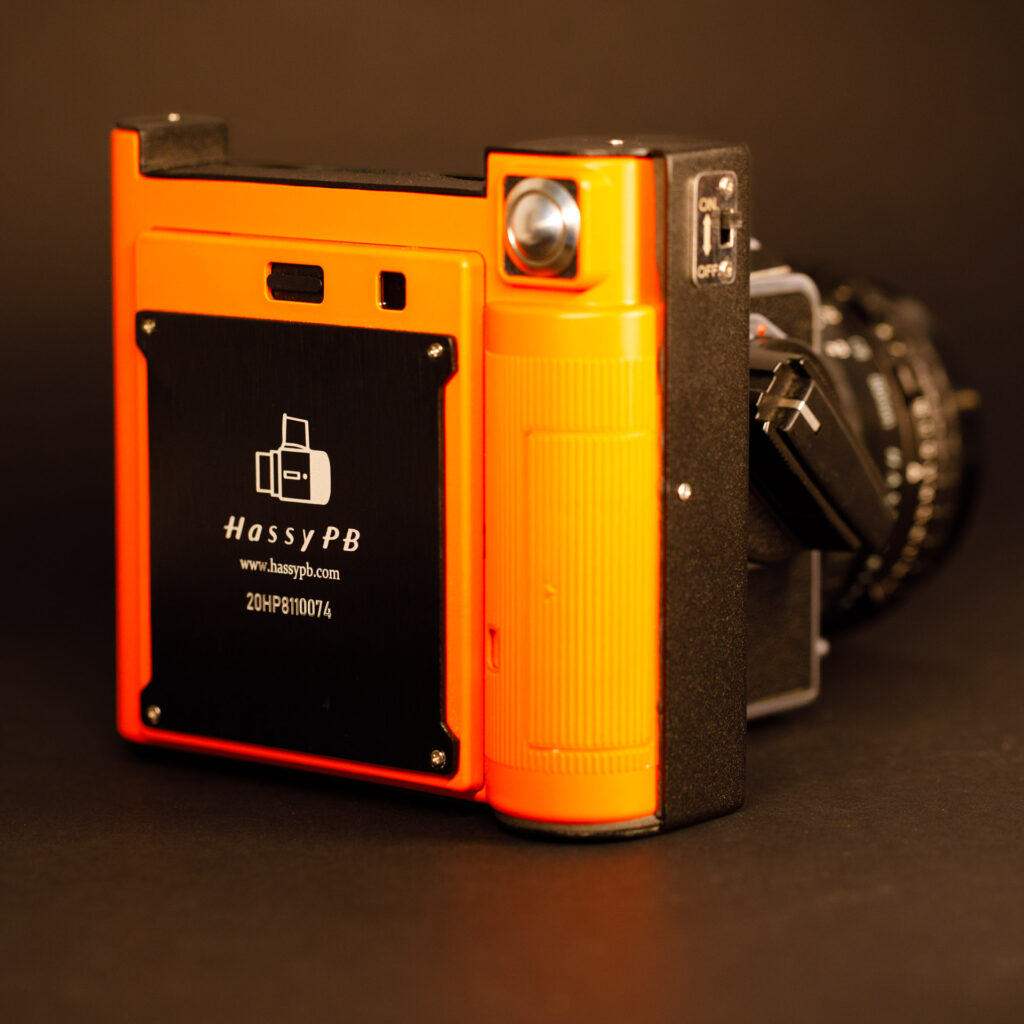

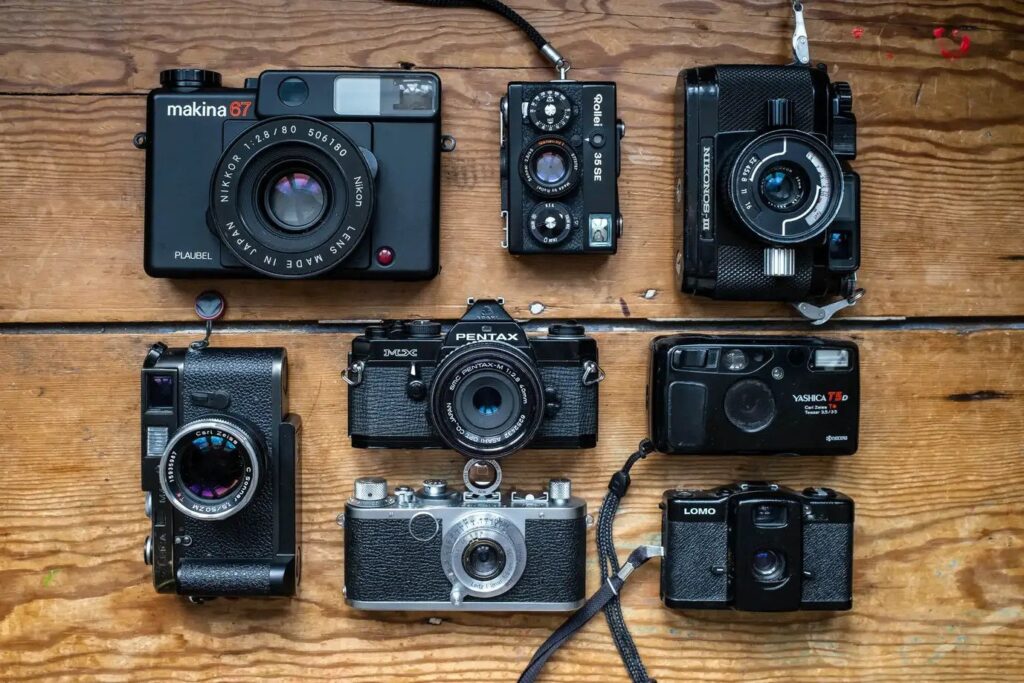
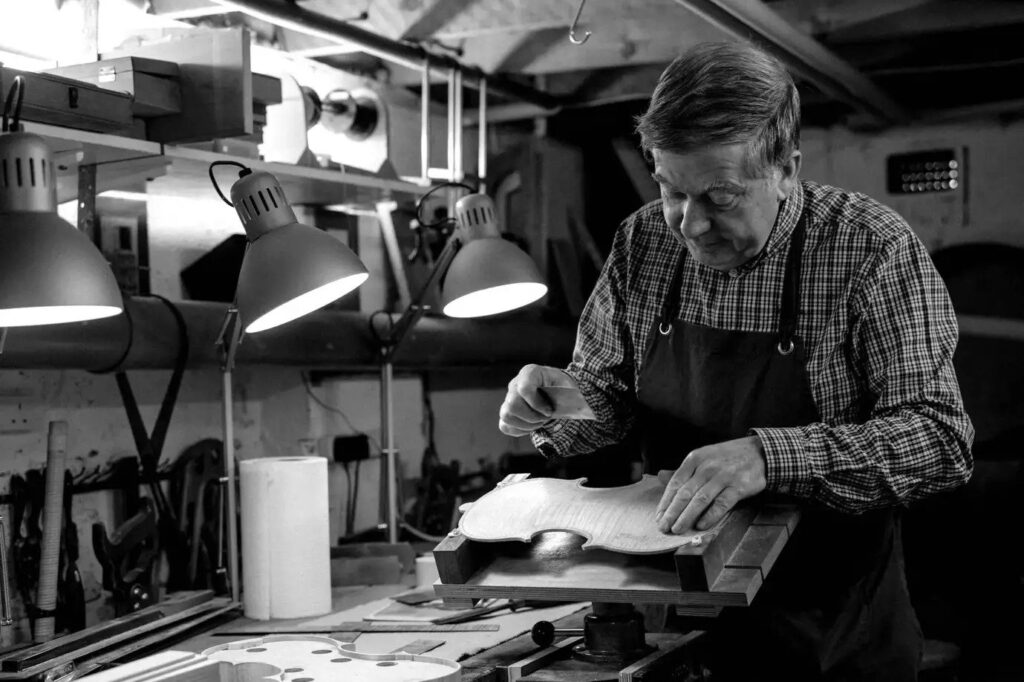
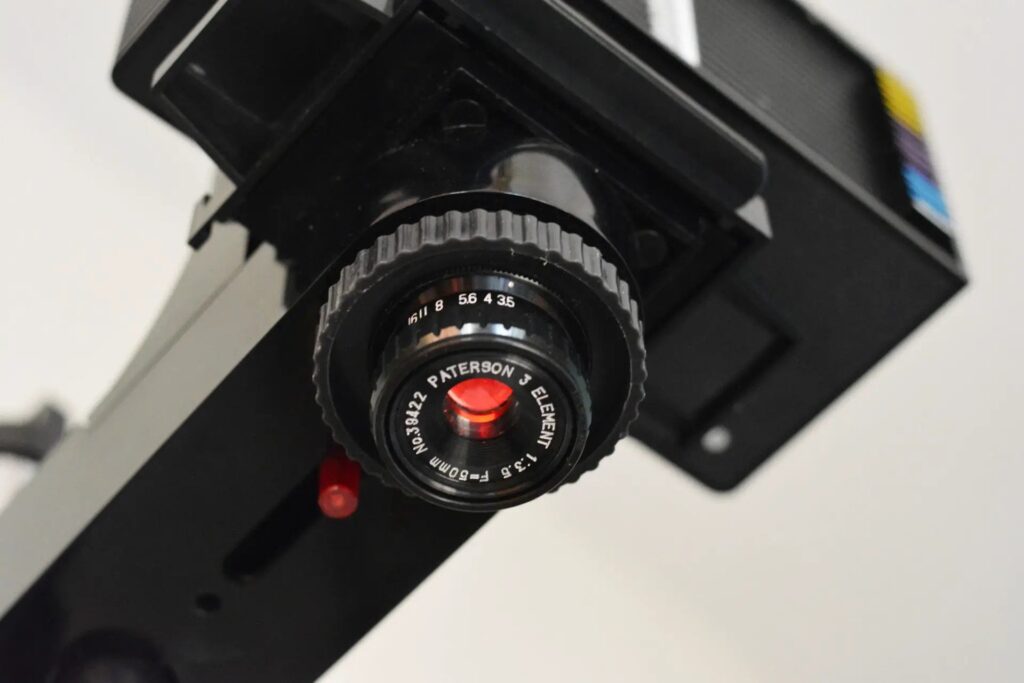
Comments
Charles Young on Polaroid Go – First Shots, Surprisingly Okay!
Comment posted: 24/10/2025
Comment posted: 24/10/2025
Charles Young on Polaroid Go – First Shots, Surprisingly Okay!
Comment posted: 24/10/2025
My iPhone takes much sharper photos.
I trust old 35 mm and 120 film cameras that need no batteries.
David Hume on Polaroid Go – First Shots, Surprisingly Okay!
Comment posted: 24/10/2025
Comment posted: 24/10/2025
Gary Smith on Polaroid Go – First Shots, Surprisingly Okay!
Comment posted: 24/10/2025
Thanks for playing!
Comment posted: 24/10/2025
Jeffery Luhn on Polaroid Go – First Shots, Surprisingly Okay!
Comment posted: 25/10/2025
The best instant camera, IMHO, was the SX-70. I bought one for my mother when they first came out. She and Dad traveled extensively and I always made sure they were well stocked up. It was a big expense for me at that time, but now that they're both in the afterlife, it was worth every penny. Mom made lots of albums with those shots; captioned with the dates and locations. Seeing them posing with friends and locals, laughing, shopping, swimming, and eating, brings tears of joy to me. I have bought a couple of instant cameras for my grand kids and the results have been awful. I've taught the kids how to print photos from their cell phone cameras using small printers, and we are getting a good visual history built up. It's not quite as instant as the old SX-70, but it's darn good.
Comment posted: 25/10/2025
Comment posted: 25/10/2025
Nik Stanbridge on Polaroid Go – First Shots, Surprisingly Okay!
Comment posted: 25/10/2025
Comment posted: 25/10/2025